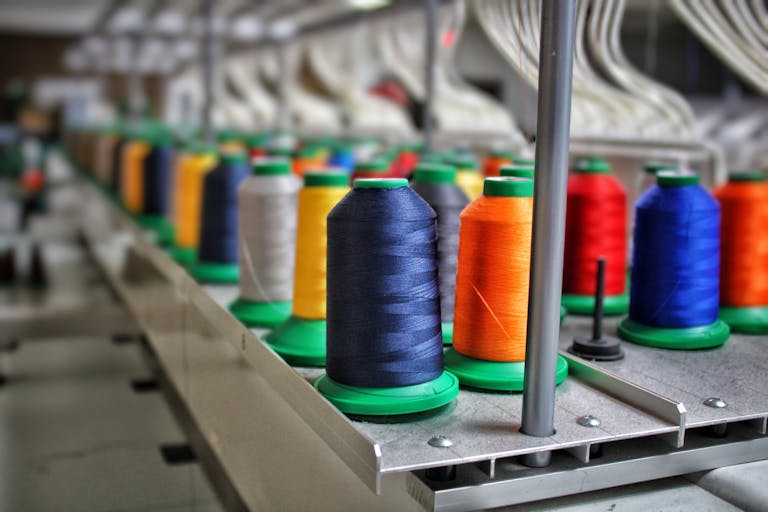Guide to Choosing Fabric

The Ultimate Guide to Choosing the Perfect Fabric for Your Upholstery Project
Choosing the right fabric for your upholstery project can be a daunting task, but with the right guidance, you can make an informed decision that will enhance the beauty and durability of your furniture. Here’s a comprehensive guide to help you select the perfect fabric for your next upholstery venture.
Understand Your Needs and Lifestyle
Before diving into the world of fabrics, consider how the piece of furniture will be used. If you have a busy household with kids and pets, you’ll need a fabric that is durable and easy to clean. Performance fabrics, which are specially treated to withstand heavy use, are ideal for such scenarios. These fabrics are often less prone to staining and can be easily cleaned, making them a practical choice.
Assess the Durability
The durability of a fabric is crucial, especially for frequently used furniture. The Martindale Abrasion Test and the Wyzenbeek Test are industry standards used to measure the abrasion resistance of fabrics. These tests involve mechanically rubbing the fabric until the fibers break, and the results are rated in terms of the number of rubs the fabric can withstand.
- 10,000 rubs or less: Suitable for decorative accessories, cushions, and curtains.
- 10,000-20,000 rubs: Ideal for light domestic upholstery, such as occasional chairs.
- 15,000 rubs or higher: Recommended for heavy use, with fabrics above 25,000-30,000 rubs being suitable for commercial spaces.
Choose the Right Material
The material composition of the fabric significantly impacts its durability, cleanability, and aesthetic. Here are some common materials and their characteristics:
- Cotton and Canvas: Strong, resistant to pilling and fading, easy to clean, and versatile.
- Linen: Provides a beautiful, relaxed look, breathable, and comfortable, but can wrinkle and stain easily.
- Velvet: Luxurious but prone to crushing; available in various compositions like polyester, cotton, silk, and mohair, each with different durability and cleanability.
- Synthetic Blends: Can offer better durability and sometimes mimic the look and feel of natural fibers. For example, microfiber blends are durable and easy to clean but may lack the luxurious feel of natural fabrics.
Consider the Pattern and Aesthetic
Once you’ve narrowed down your fabric based on durability and material, it’s time to think about the pattern and aesthetic.
- Pattern Repeat: Be mindful of the shape of the furniture. Curved pieces are easier to upholster with solid colors or small-scale patterns, as larger patterns or those with a distinct direction can be challenging to work with.
- Color Scheme: Use the 60/30/10 rule: 60% of the room should be a dominant color, 30% a secondary shade, and 10% an accent color. This ensures the new fabric complements the existing color palette in the room.
- Swatches and Samples: Always take fabric swatches home to see how they look in different lighting conditions and against other elements in the room. This step can make a significant difference in your final decision.
Maintenance and Long-Term Considerations
Think about the long-term maintenance and how the fabric will age over time.
- Cleaning Needs: Check the label and ask the manufacturer about cleaning instructions. Some fabrics, like silk, require professional cleaning, while others can be easily cleaned at home.
- Sunlight Exposure: Consider how the fabric will fare with sunlight exposure. Closing drapes when the room is not in use can help prevent fading.
- Patina: Some fabrics develop a patina over time, which can add character to the piece. Determine if this is something you will appreciate or if you prefer a fabric that retains its original look.
Final Tips
- Research and Test: Research the fabric thoroughly, and if possible, test it using the Martindale or Wyzenbeek tests to ensure it meets your durability standards.
- Design and Aesthetic: Align the fabric choice with your personal style and the overall feel of your home. Bold colors and playful patterns can make a statement, while sophisticated neutrals can provide a timeless look.
By carefully considering these factors—durability, material, pattern, aesthetic, and maintenance—you can choose a fabric that not only enhances the beauty of your furniture but also stands the test of time and daily use. Happy upholstering




